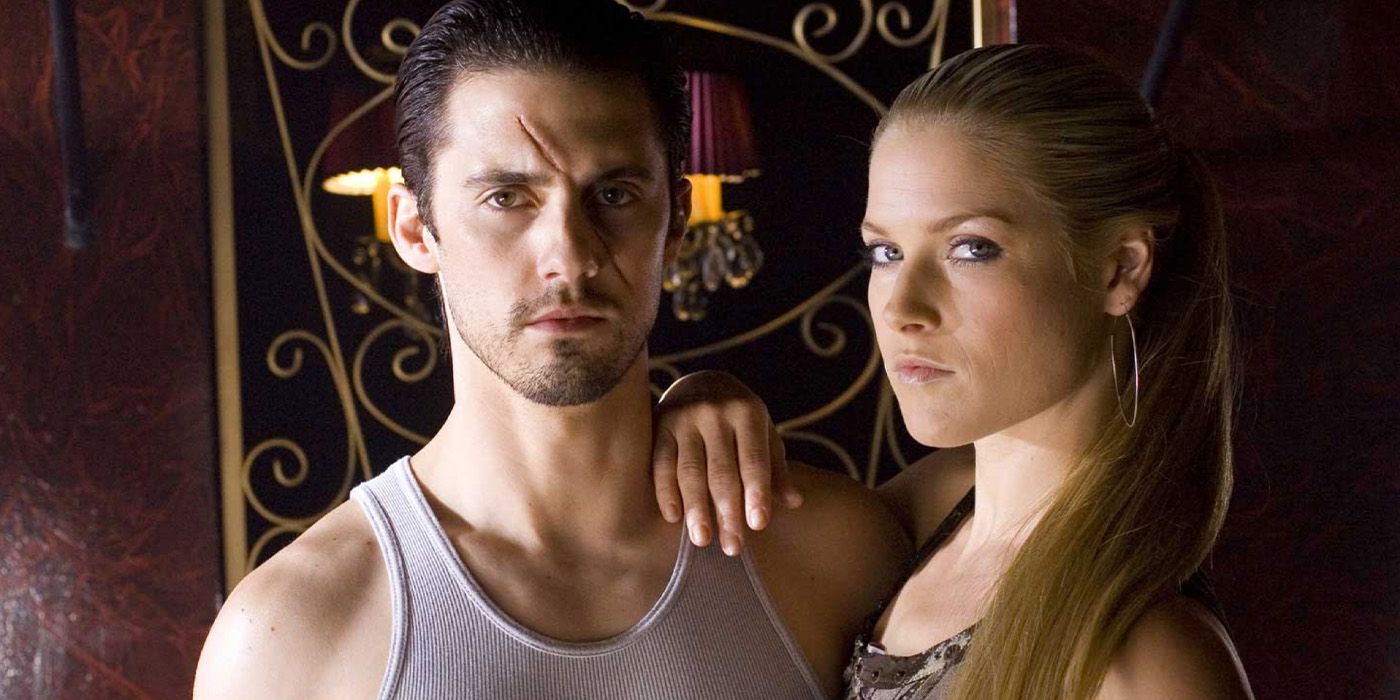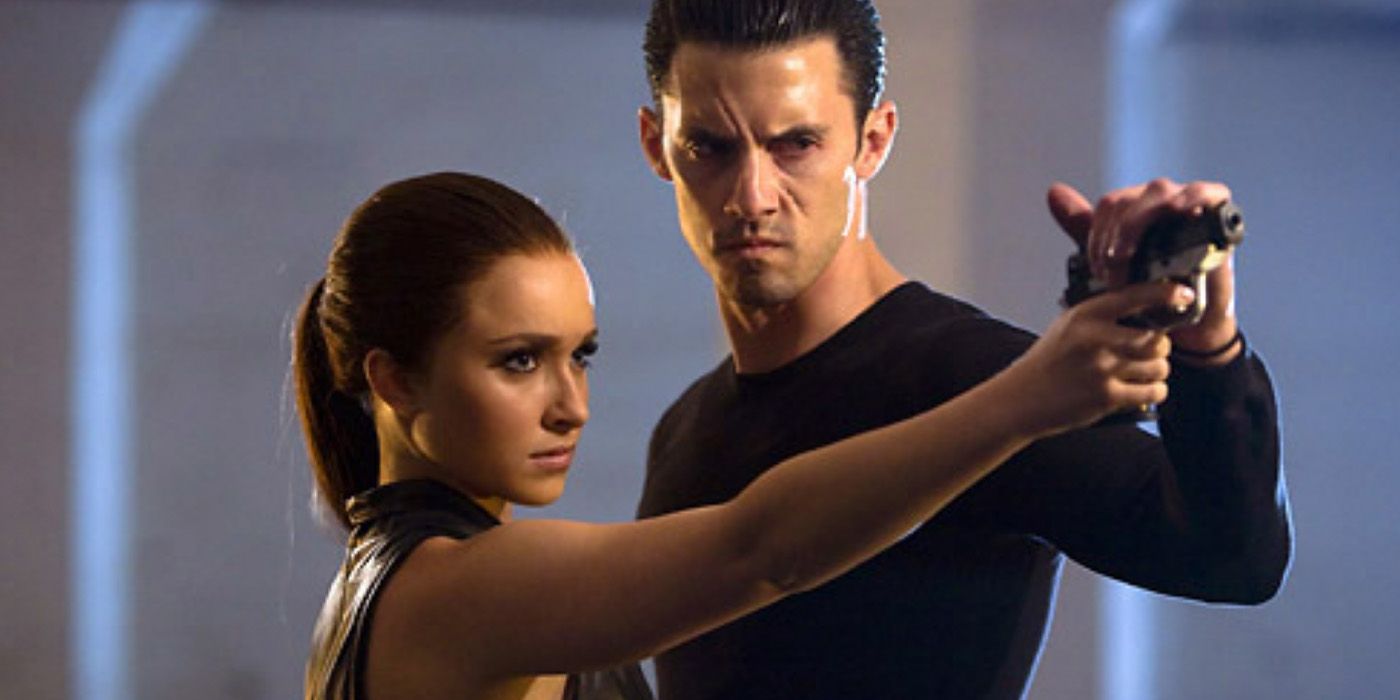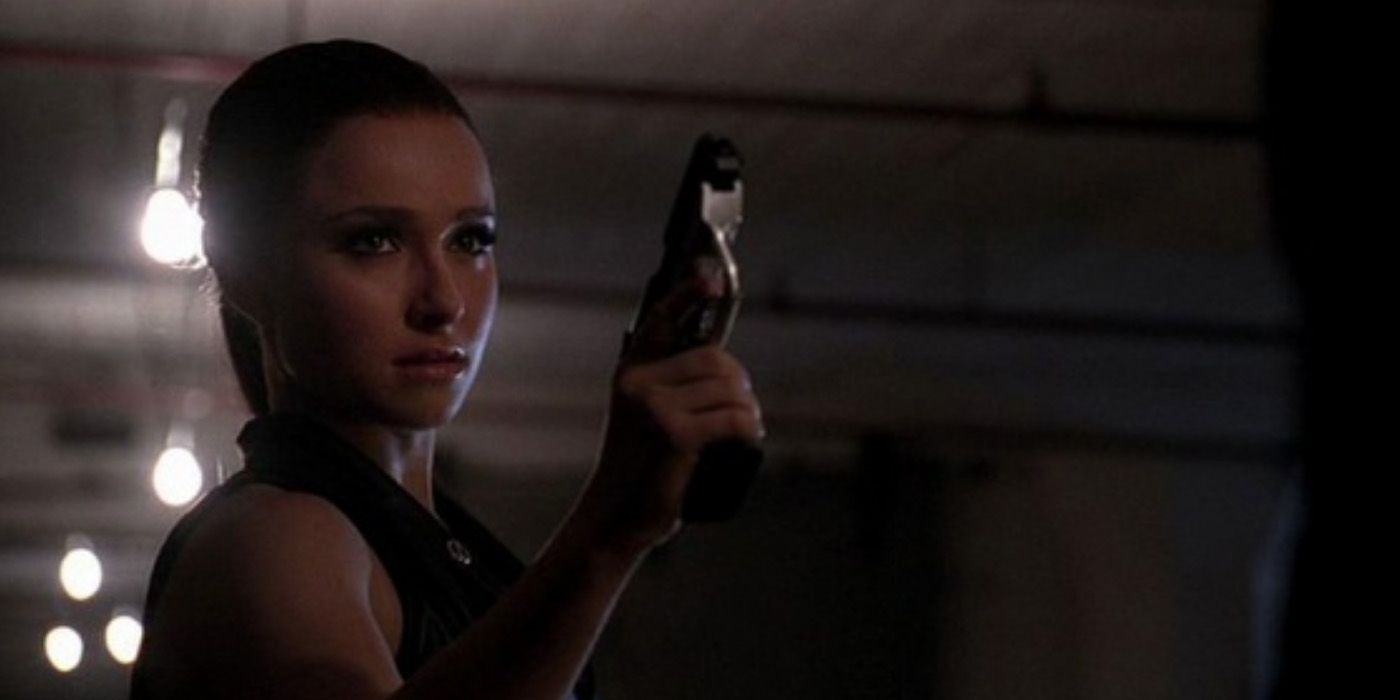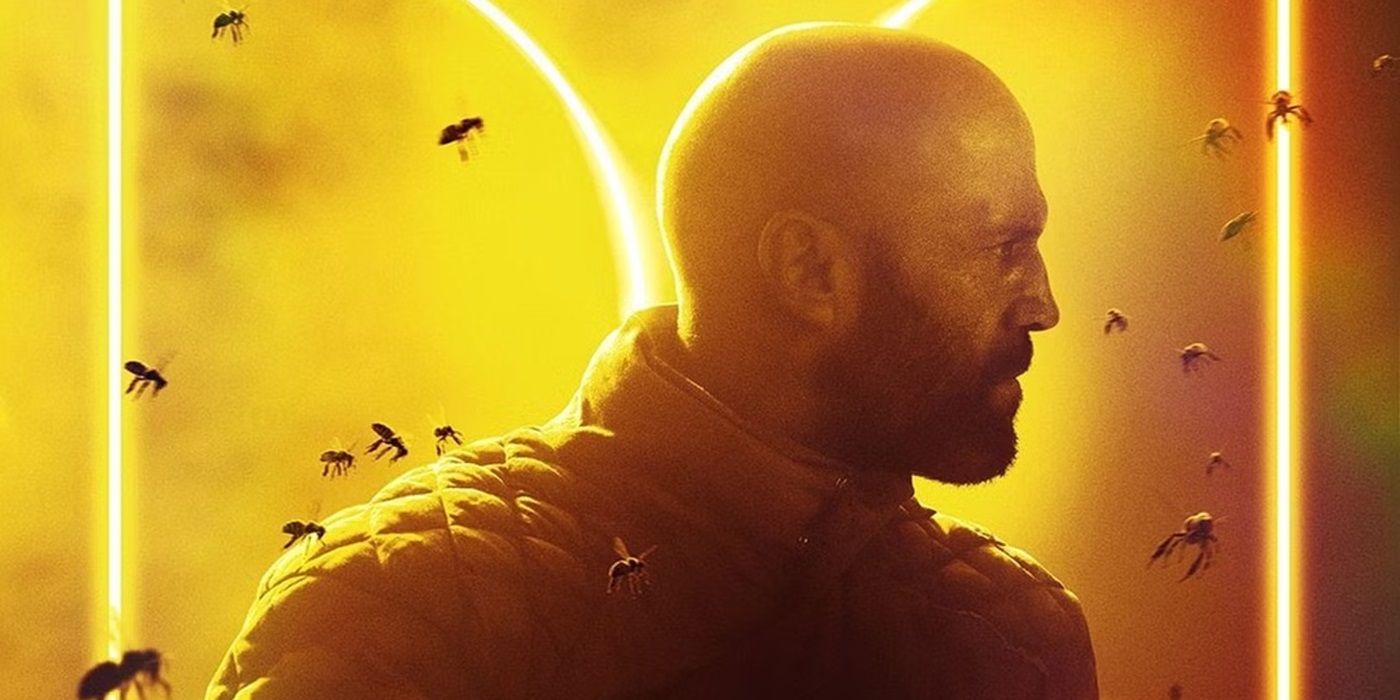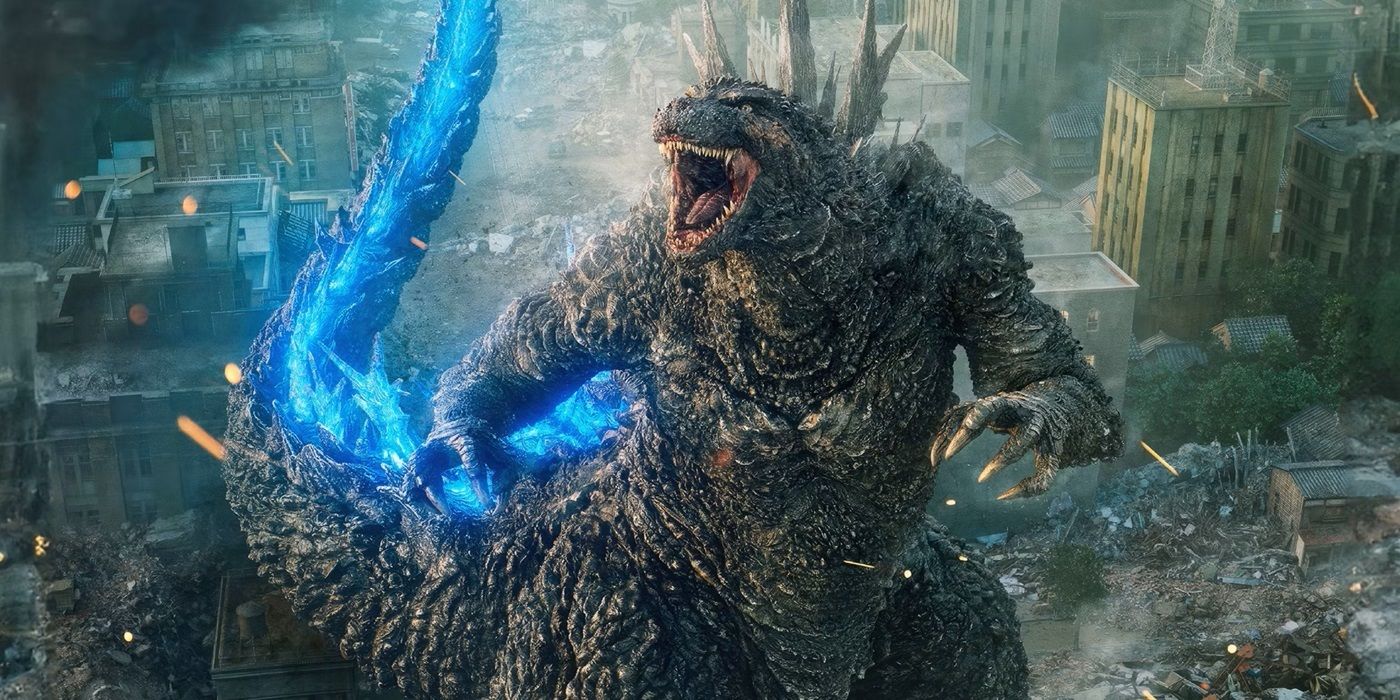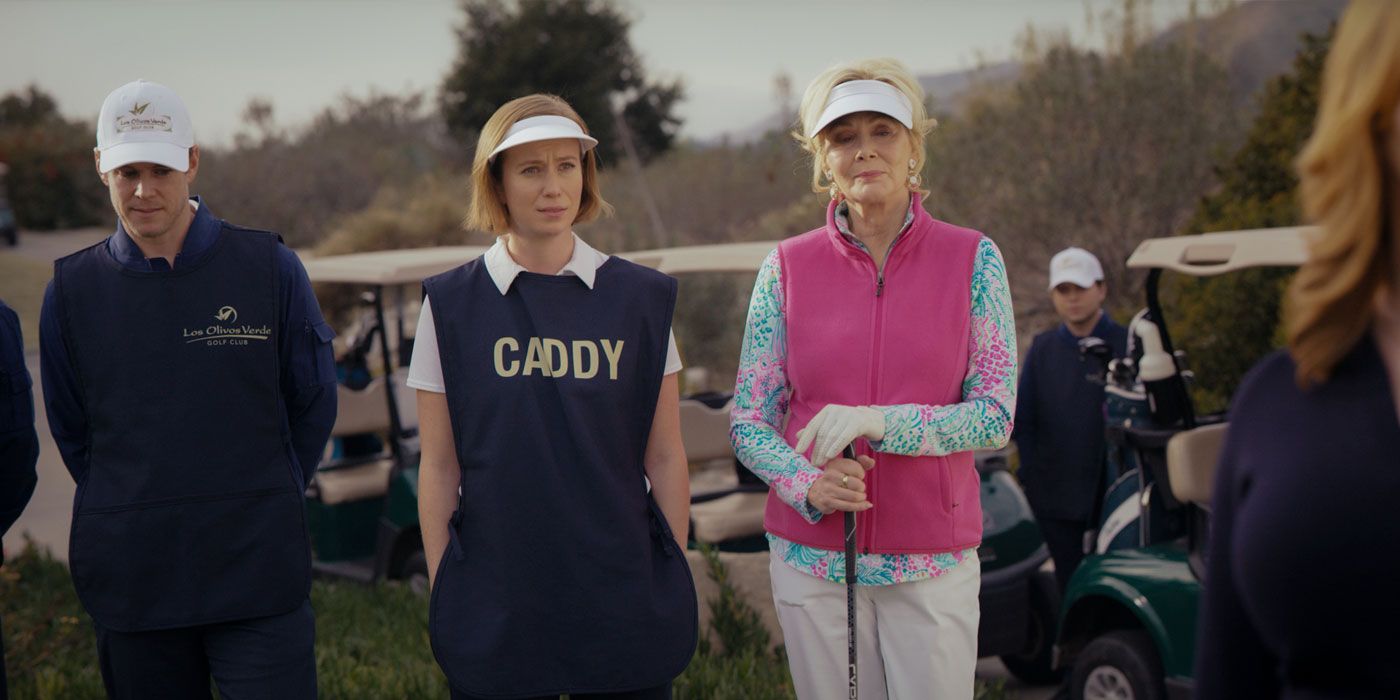The Big Picture
- Heroes thrived on dark futures, enhancing character development and story complexity.
- Time-traveling themes added suspense and intrigue to the superhero genre.
- Heroes Reborn could have benefited from leaning into the dark future concept for a more compelling revival.
When it comes to rocking an original premise, Heroes hit the ground running with its, well, groundbreaking first season. The show instantly took the “normal people with extraordinary abilities” premise to another level, with global ramifications that make this world feel just massive. One such way that Heroes felt particularly unique was its penchant for throwing its cast into an array of potential “dark futures” which always shatter our expectations and twist the narrative just enough to keep things interesting. While we comic book readers have been privy to these sorts of adventures long before Heroes creator Tim Kring brought the concept to television, the NBC series threw general audiences for a loop by making them do the time warp nearly every season. It’s these episodes that helped make Heroes so special––and is part of why we still love the show after all these years.
Heroes
Common people discover that they have super powers. Their lives intertwine as a devastating event must be prevented.
- Release Date
- September 25, 2006
- Creator
- Tim Kring
- Seasons
- 4
‘Heroes’ Was Always Racing Against the Clock
Heroes’ standard plot always revolved around saving the world. From the first “save the cheerleader, save the world,” we were thrust onto the path of heroism with Peter Petrelli (Milo Ventimiglia) and the rest of the gang as they did their best to keep New York City from going up in a nuclear explosion. While our heroes didn’t necessarily know when this explosion (or how at first) would be unleashed, they always knew that they were meant to stop it. After all, if they didn’t do something, who could?” Without the temporal intervention of the future Hiro Nakamura (Masi Oka), the world of Heroes would’ve gotten dark real quick. Yet, the entire first season is devoted to the superhero origin story concept, with threads of hope, compassion, and heroism woven in. Heroes Season 1 is a masterclass in superhero television that still holds up to this day.
Although not based on any one comic book in particular, Heroes was very much a comic book series. It took the bright idealism of the comics you remember from your youth and mixed it with the threat of a nuclear apocalypse (among other possible futures) that hung over the heads of millions following the Cold War. Dark futures are a consistent trope in comic books, and many of your favorite characters––Marvel’s Cable and Old Man Logan; DC’s Robin/Carrie Kelly and Batman/Terry McGinnis––originated directly in these sorts of alternate timelines. Likewise, Heroes used the potential dark future idea as a springboard for further complications that could break our world, such as a viral outbreak or a timeline in which superpowers are weaponized. Yet, in the face of these potential outcomes, the titular heroes always overcome them. Peter, Hiro, Claire Bennet (Hayden Panettiere), Nathan Petrelli (Adrian Pasdar), Matt Parkman (Greg Grunberg), Mohinder Suresh (Sendhil Ramamurthy), and the rest of the gang were always there to prevent the worldwide apocalypse––at least until the next one.
But to better race against the doomsday clock, it helps to know what would happen if that clock actually struck midnight. Understanding the impact these apocalyptic timelines would have, Heroes rightfully showed us a glimpse at these dark futures nearly every season. Sometimes we would get to explore them for an entire episode, and other times we’d only get small tastes of what might be, but in either case, we got the picture. Yet, it was when Heroes tackled these alternate futures that the show was at its most creative. By playing around with the characters and shifting their usual status quo in ways that would feel unnatural in the normal narrative, the show was able to raise the stakes and entertain in the same breath. More than that, these apocalyptic futures were always really interesting (sometimes more so than the present-day adventures).
“Five Years Gone” Began a Multi-Season Trend of Visiting the Dark Future
This trend of visiting the dark future began officially with the Season 1 episode, “Five Years Gone.” After Hiro and Ando (James Kyson Lee) find themselves suddenly in the future, they discover that the explosion went off in New York City, and it completely changed the world. While characters like Peter and Matt were respectable men trying to do good for others in Hiro and Ando’s present, in this future they cared very little about anyone but themselves and those closest to them. Peter, now scarred from his experience five years earlier, is dating the super-strong Nicki Sanders (Ali Larter), a character he hadn’t even met in the present story, and Matt uses his powers like a villain rather than a hero. To make things worse, Nathan Petrelli has made it to the White House, only he’s not actually Nathan: he’s Sylar (Zachary Quinto) in disguise.
The “Explosion Future (aka “Linderman’s Future”) as some call it, pushed us out of our comfort zone. Some characters, like Jack Coleman‘s Noah Bennet, felt very much like their original counterparts, while others looked and acted the exact opposite. Perhaps the biggest change was the future Hiro himself, who looked like a modern ninja, spoke flawless English, and was mightier with the sword than he ever could have been with a pen. Additionally, he held mastery over his powers that the younger version of himself could only envy, though at the cost of his hopeful optimism––which was replaced by a sober pessimism after Ando’s death. While the future Hiro appeared early on in the show’s first volume, “Genesis,” he was most developed throughout “Five Years Gone.” Given that he and his younger self are able to share some meaningful screen time, the juxtaposition between them is startling. And it’s meant to be.
“Five Years Gone” is an episode that fans continue to look back to for its exceptional storytelling, shocking performances, and fascinating twist on major characters. It’s among the top-rated episodes of Heroes for a reason and inspired an array of copycat episodes in the show’s following years. In Season 2, Peter finds himself trapped in a future (dubbed “Outbreak Future”) where the Shanti Virus has killed over 90% of the world’s population. The episode “Out of Time” follows him as he tries to return to his present time––when he does, his girlfriend Caitlin (Katie Carr) is tragically left behind in a future that is soon forgotten entirely. Season 3 is the last season to rely heavily on the dark future concept, with the “Villains Future” depicted most notably in episodes like “The Second Coming” and “I Am Become Death.”
‘Heroes’ Loved Playing With the Personalities of Its Main Characters (and This Was the Perfect Way to Do It)
But again, the real reason these sorts of stories worked so well for Heroes was that they took our favorite characters and flipped them (and their world) on their heads. The Claire Bennet from the “Villains Future” is an excellent example. At one point in time, Claire and her uncle Peter were extremely close, but in this timeline, she wants to see him suffer for his part in trying to stop an atrocity only to make the world so much worse. We saw two distinct versions of the future Claire on Heroes. The first one was a girl trying to live a normal life with her new fiancé, free from anything to do with superpowers (“Five Years Gone”), while the other was a government agent hell-bent on killing her uncle, no matter who gets in the way (“I Am Become Death”). These two couldn’t be more different, but somehow neither future felt impossible at the time.
Likewise, the versions of Matt Parkman and Mohinder Suresh that we meet in Season 1’s alternate timeline feel distinctly different from the men, the heroes, we knew before. Matt uses his powers to track down others who have abilities, only to help imprison them, while Mohinder, who once tried to help these people use their powers for good, is now working to exterminate them. Even Sylar gets his own personality switch in the future of “I Am Become Death,” where Peter meets a future Sylar who is calm, collected, has a son, and no longer kills. While Sylar should’ve probably stayed a villain in the long term, this alternate take on the character was an interesting deviation from his usual murderous bit. While even the future Sylar eventually turns back to villainy, it’s only after the needless death of his son, which is a bit more understandable.
Of course, future versions of Hiro Nakamura and Peter Petrelli were always the most consistent, usually willing to throw themselves into the fire to defeat whatever evil force was hoping to destroy the world next. A glasses-less Hiro usually wields his trademark sword, while Peter has a distinct facial scar and a crazy eye that separates him from his younger counterpart. As the show’s two biggest anchors (along with Claire), it makes sense that the future versions of Hiro and Peter would be the most recurring, with each of them given distinct roles in the first and third seasons of the show. Frankly, Heroes could’ve played with the concept a bit more, and further explored other character’s dark or twisted fates along the way. If only there had been more time…
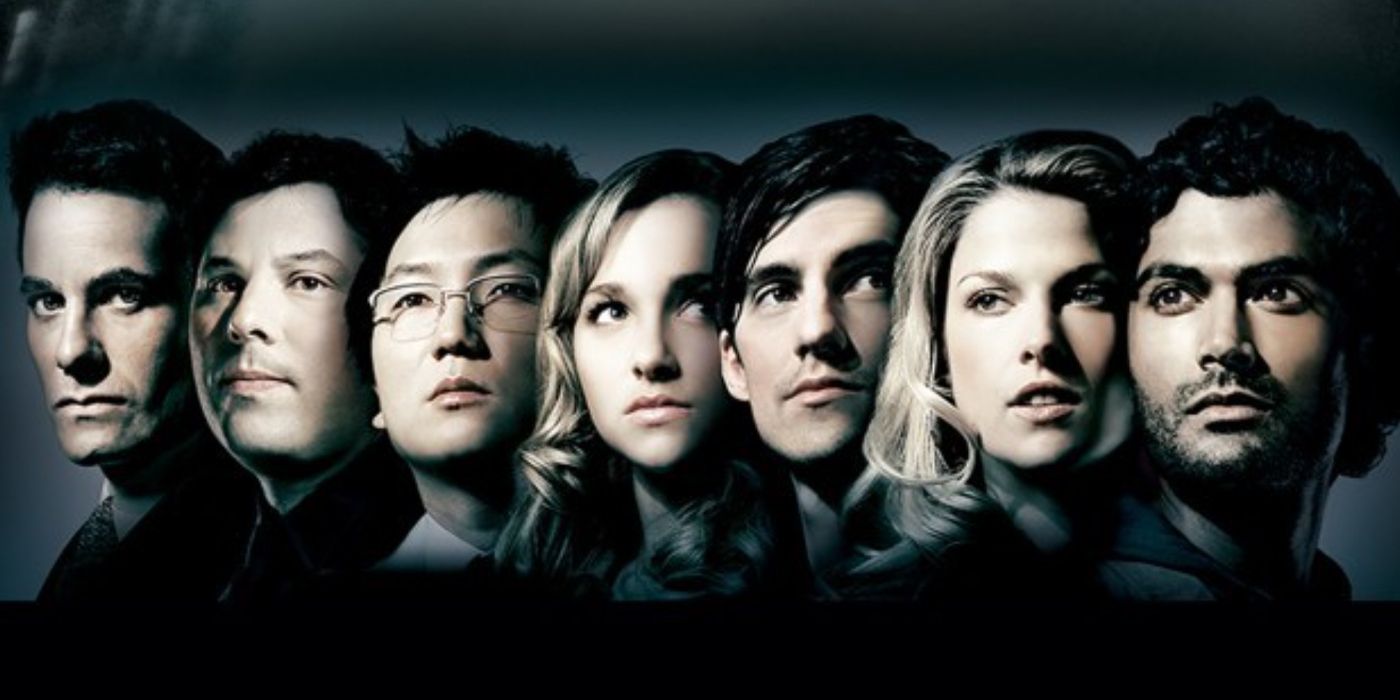
‘Heroes’ Should’ve Ended After Its Powerful First Season
Save the cheerleader, save the world.
‘Heroes Reborn’ Should Have Leaned Into the Dark Future Trope
Speaking of things that could have been, while Heroes often revolved around this alternate future concept, the show that really should’ve been set within a dark future was Heroes Reborn. The revival series picked up only a few years after the original ended as NBC tried to relaunch the brand for a new audience. While parts of Reborn were fascinating additions to the mythology (and some characters would be worth revisiting), the show often felt like one of the dark futures we’d usually see on the show, just without the hope that things could be reset back to normal. Characters like Peter and Sylar were ignored, while others like Claire were killed off-screen. More than anything, Heroes Reborn felt like an echo of an alternate timeline that threatened to be a reality, only there was no stopping it. We couldn’t save the cheerleader this time around, and they only barely saved the world.
Maybe if Heroes Reborn had branded itself with the “alternate future” classification, the strangeness of the revival wouldn’t have felt so random. The character assassination of Matt Parkman (who felt more like an alternate timeline version than the real deal), the de-powering of Hiro, and the absence of many of the other principal cast members wouldn’t have affected fans the way they did. In fact, if Reborn had committed to setting itself in a new take on the dark future idea (with the possibility that our heroes might undo the events of the show), more fans would likely consider it to be a groundbreaking and, dare we say, intriguing take on the original material. It would’ve better harkened back to the original series as well. But given that the show rebranded and ignored so many of the elements of what made the original Heroes great in its prime, there was more hope for one of those dark futures than the revival. With the announcement that Tim Kring will be headlining a new series reboot called Heroes: Eclipsed, the story is set several years after the events of the new series, promising to feature familiar characters from the past. The alternate future concept could be the blueprint that this series is based on, they just can’t forget to reset the board when they’re done.
All episodes of Heroes can be streamed on Prime Video.
Watch on Prime Video

